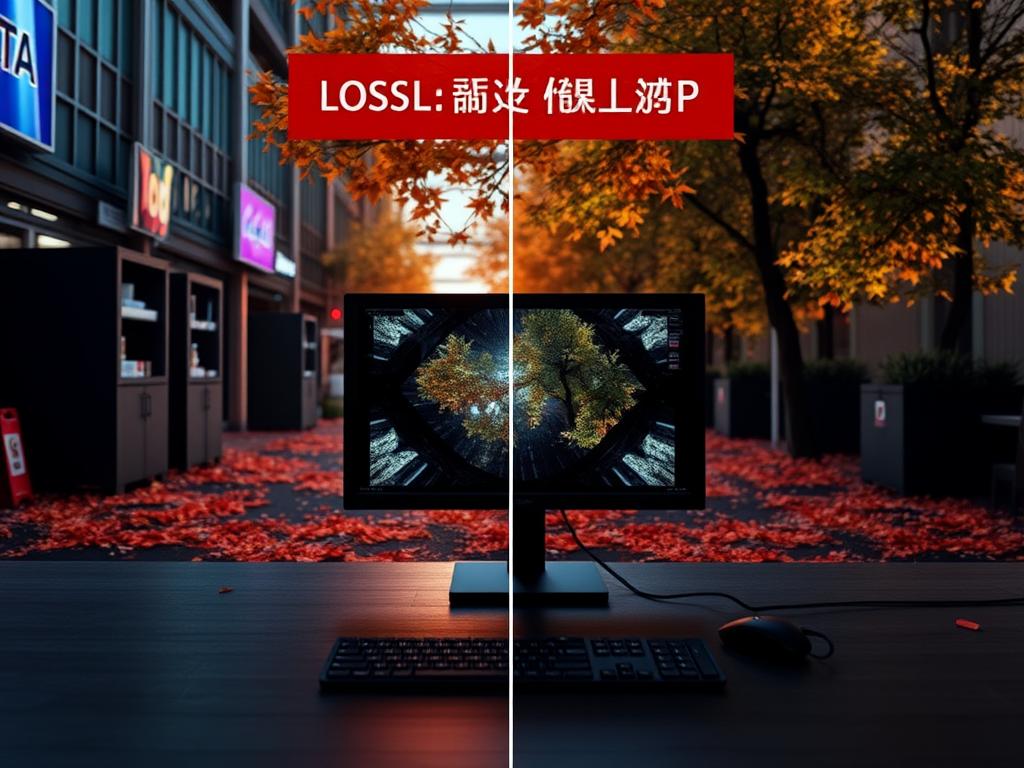In today’s digital age, video content is everywhere. From social media platforms and streaming services to professional filmmaking and video archiving, the demand for high-quality video is insatiable. But with this explosion of video comes a challenge: file size. Videos can be massive, and storing or transmitting uncompressed videos is often impractical. This is where video compression comes in, and more specifically, the concept of lossless video compression. But is lossless video compression practical in real-world applications? Let’s explore this topic step by step and delve into what makes lossless video compression unique, its benefits, drawbacks, and potential use cases.
Understanding Video Compression
Before we dive into lossless video compression, it’s important to understand the basics of video compression as a whole. Video compression is the process of reducing the amount of data needed to represent a video file without excessively compromising quality. This enables easier storage and faster streaming. Most video compression used today is lossy, meaning some data is discarded to achieve a smaller file size. This results in a loss of some quality, although modern codecs aim to make this difference virtually imperceptible to the human eye.
Lossless video compression, on the other hand, retains every single bit of data from the original video. This means when you decompress the video, you get exactly the same video as the original source, with no loss in quality.
How Does Lossless Video Compression Work?

Lossless compression algorithms work by identifying and eliminating redundancy within data. For example, if a particular color or pattern in a frame repeats multiple times, the algorithm finds efficient ways to represent that repetition without storing the entire repeated data each time. Unlike lossy compression, lossless algorithms avoid discarding any information; they simply find smarter ways to encode data.
Some common lossless video compression codecs and tools include:
- FFV1
- HuffYUV
- Apple ProRes 4444 (in lossless mode)
- Ut Video Codec
Each of these codecs uses different techniques but shares the principle of preserving true original video quality without any degradation.
The Benefits of Lossless Video Compression

It’s easy to see why lossless video compression might be appealing. Here are some reasons why one might consider it:
| Benefit | Description |
|---|---|
| Perfect Quality Preservation | Since no data is lost, you get the exact original video quality, which is essential for archival, restoration, or professional editing purposes. |
| Edit-Friendly | Lossless files can be decoded without any quality loss during multiple editing cycles, allowing for smoother post-production workflows. |
| Reliable Archiving | For long-term preservation, especially in media libraries or historical collections, lossless compression ensures video integrity over time. |
Having perfect video quality is critical in some fields, such as film restoration, broadcast production, and scientific video analysis, where any degradation might be unacceptable.
The Downsides: Why Isn’t Lossless Video Compression Everywhere?
Lossless video compression, while attractive, is not flawless. It’s worth looking at the practical limitations and challenges:
File Size Considerations

Despite compression, lossless videos remain large. They typically achieve compression ratios of about 2:1 to 3:1, which is far less impressive than lossy compression that can reduce file sizes by an order of magnitude or more. For example, a two-hour uncompressed HD video might be hundreds of gigabytes, and even after lossless compression, it could still be tens or hundreds of gigabytes.
Bandwidth and Storage Costs
Because of their large sizes, lossless videos demand significant storage space and higher bandwidth for streaming or transferring. This can be impractical for everyday consumer use, where streaming high-resolution video over limited internet connections is common.
Playback and Compatibility
Another consideration is playback compatibility. Not all devices or media players support specialized lossless video codecs natively. Users might need specific software or hardware, limiting ease of use for casual viewers.
Compression Speed
Lossless compression requires more computational resources and time compared to lossy methods. This can slow down video encoding and decoding processes, which might be problematic for real-time applications or time-sensitive workflows.
Where Does Lossless Video Compression Make Sense?
Lossless video compression is still very practical, but mainly in specific contexts. Let’s highlight some key use cases:
- Professional Video Editing and Production: Editors need the highest quality possible as they iterate through multiple edits. Lossless compressed video helps maintain fidelity throughout the process without ballooning storage too much.
- Archiving and Preservation: Museums, studios, and broadcasters use lossless compression to store original masters safely and ensure future-proofing of cultural assets.
- Visual Effects and CGI Workflows: When combining numerous layers or effects, lossless files prevent compounding quality loss.
- Medical and Scientific Imaging: Accurate video reproduction without any artifacts is crucial when analyzing footage for research or diagnostics.
Lossy vs Lossless: When to Choose Which?
Here’s a quick comparison to help you decide between lossy and lossless compression:
| Factor | Lossless Compression | Lossy Compression |
|---|---|---|
| Quality | Identical to original | Quality reduced (variable) |
| File Size | Moderate compression (2:1 to 3:1) | High compression (up to 50:1 or more) |
| Storage & Bandwidth | High requirements | Low requirements |
| Editing Workflow | Ideal for multiple edits | Quality degrades with each re-encode |
| Playback Compatibility | Limited support | Wide support |
Future Trends in Lossless Video Compression
Technology is continuously improving. New codecs and methods are emerging, bringing hope to make lossless compression more practical and accessible. For instance, advances in machine learning-based compression algorithms promise better efficiency by smartly predicting data for better compression ratios without loss.
Cloud platforms and fast internet are also changing the game by reducing some limitations around bandwidth and storage. Specialized hardware support is growing too, which might help lossless video become more viable even for non-professionals.
Researchers are exploring hybrid codecs that combine the best aspects of lossless and lossy compression depending on the content and usage scenario, allowing even more efficient workflows.
Key Takeaways about Lossless Video Compression
- Lossless compression retains perfect video quality but can’t compress as much as lossy methods.
- Its large file sizes limit casual use but shine in professional and archival environments.
- Playback support and computational demands remain challenges but are improving.
- Future developments may broaden lossless compression’s practicality for everyday users.
Conclusion
Lossless video compression stands as a powerful tool for preserving the fullest possible quality of video content. However, its practicality depends heavily on the context. For everyday users streaming movies or sharing videos online, lossless compression is often overkill and impractical due to large file sizes and bandwidth demands. Yet, in professional editing, archiving, and scientific applications where preserving every detail matters, lossless compression is indispensable. As technology advances and new algorithms and hardware come into play, we may find accessible ways to enjoy lossless quality more broadly. Until then, understanding when and why to use lossless video compression will help you make informed choices about balancing quality, file size, and convenience.